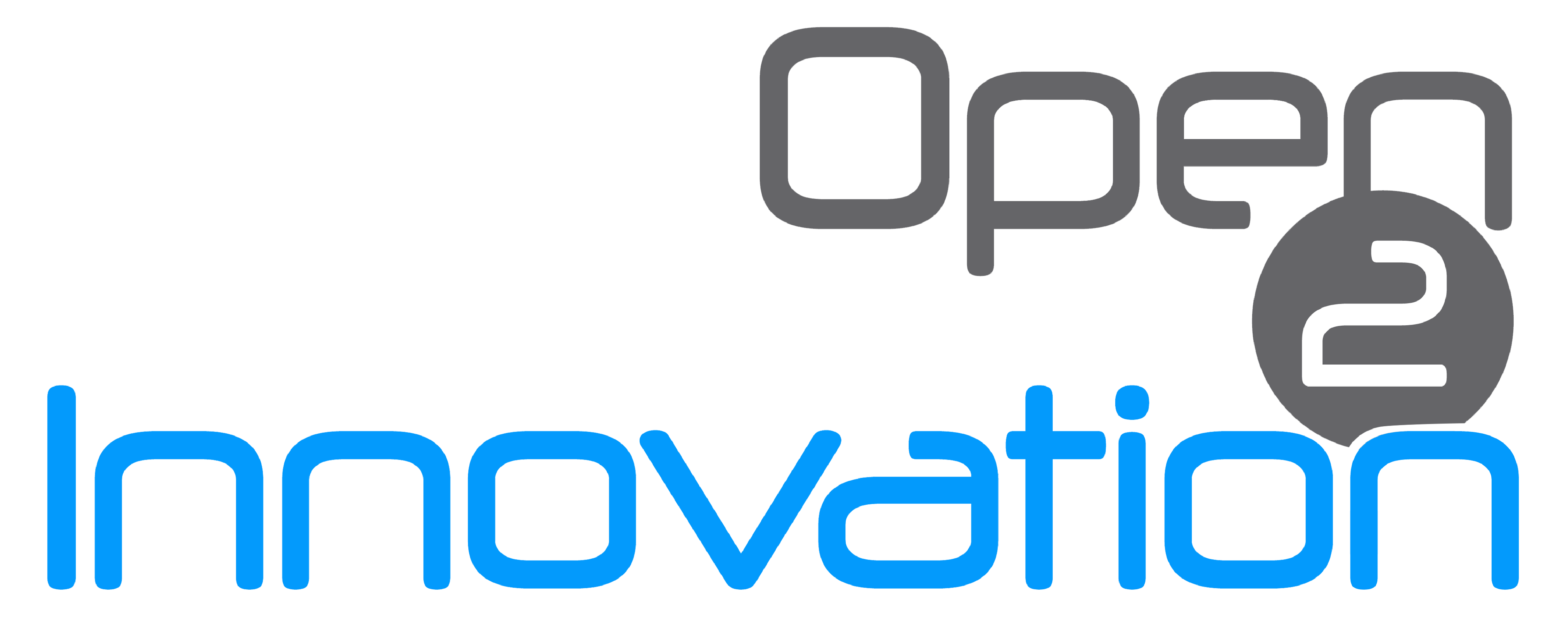As organizations grow, they begin to prioritize process over product. That impedes real innovation.
Disruption today is more than just changes in Technology, or channel, or competitors – it is all of them, all at once. Most organizations know that they need to change, but often the result is a futile attempt without understanding the root cause. Process is great when you live in a world where both the problem and solution are known. Process helps ensure that you can deliver solutions that scale without breaking other parts of the organization. These processes reduce risk to an overall organization, no doubt, but each layer of process reduces the ability to be agile and lean and responsive to external threats and opportunities.
A competitive environment should drive a company into new forms of organization that can rapidly respond to these new threats. Instead, most organizations look to create even more process. This typically plays out in three ways:
1. Often the first plan from leadership for innovation is reorganize the company, often from a functional organization into a matrixed organization. The result is organizational theatre. The reorg keeps everyone busy for a year, perhaps provides new focus on new regions or targets, but in the end is an inadequate response to the need for rapid innovation for product.
2. At the same time, companies typically adopt innovation activities (hackathons, design thinking classes, innovation workshops, et al.) that result in innovation theatre. These activities shape and build culture, but they do not win wars, and they rarely deliver shippable/deployable product.
3. Finally, companies have realized that the processes and metrics they put in place to optimize
execution (Procurement, Personnel, Security, Legal, etc.) are obstacles for innovation. Efforts to reform and recast these are well meaning, but without an overall innovation strategy it is like building sandcastles on the beach. The result is process theatre.
For most large organizations these reorgs, activities, and reforms do not increase revenue, profit, or market share for companies. One can generously describe them as innovation dead ends.
Organizational redesign, innovation activities, and process reform need to be part of an overall plan. Large organizations need an open mind and highest level of sponsor to succeed.
Source: Extracts from Steve Blank thoughts in HBR


